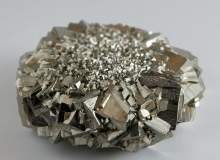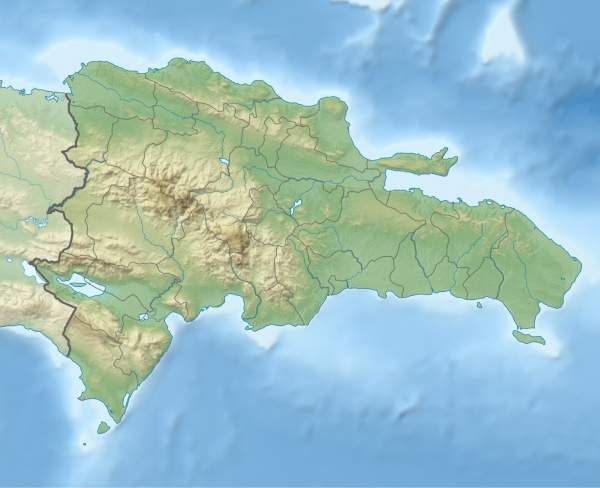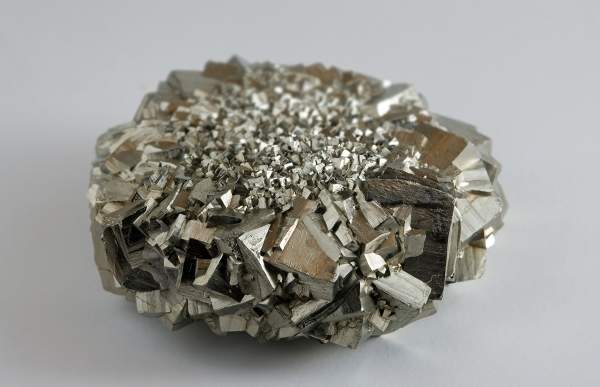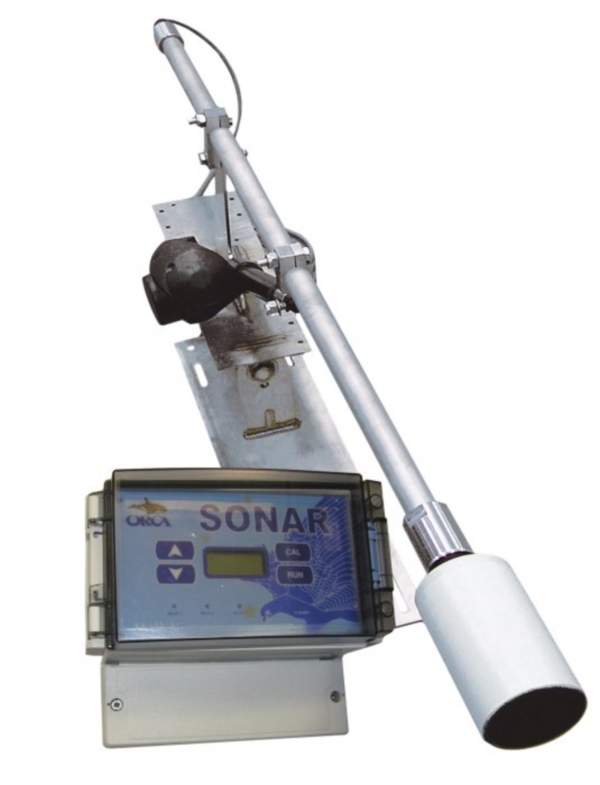Pueblo Viejo Gold Mine is located 100km away from the capital city of Santo Domingo in the Dominican Republic. With proven and probable reserves of 25.3 million ounces, it is the second largest high sulphidation gold deposit in the world.
First gold production from the Pueblo Viejo mine commenced in August 2012. Commercial production is anticipated towards the end of 2012.
The mine comprises two major oxide deposits known as Monte Negro and Moore and three other small deposits. Moore is the largest deposit and is separated from Monte Negro by 500m of barren mud-stones.
A joint venture named Pueblo Viejo Dominicana Corporation (PVDC) was formed by Barrick Gold and Goldcorp in 2009 to develop the mine. Barrick Gold operates the mine and owns a 60% working interest in the property. Goldcorp holds the remaining 40% interest.
The mine was originally scheduled to commence operations in the first quarter of 2012 but got delayed due to the damage caused to dam tailings by unexpected heavy rains that occurred in the region in May 2011.
The capital investment of the project has increased from $2.7bn to about $3.6bn due to the unexpected re-mediation.
Pueblo Viejo has a mine-life of more than 30 years and is expected to produce over one million ounces of gold per annum.
Background to the Pueblo Viejo gold mine project
The mine had been in production since 1975. It was operated by the state-owned mining company Rosario Dominicana. The mine had produced more than five million ounces (moz) of gold and 22moz of silver in its operational life. The mining operations had to be halted, however, in 1991due to low gold and silver prices and a lack of appropriate technology to process the ore.
Tenders were invited by Dominican Government in 2001 to continue work at the abandoned mine. The project called for site re-mediation and construction of new infrastructure as the existing old systems were damaged.
The 33-year contract was won by Canada-based Placer Dome which was eventually acquired by Barrick Gold in 2006. Barrick Gold has expanded the mine reserves by more than 75% since the acquisition.
Barrick Gold carried out the feasibility study and appointed Ruscan Environmental Sciences (Ruscan) of Canada to perform the environmental and social impact assessment (ESIA) and associated infrastructure studies.
Geology of the Dominican Republic-based location
The sulphide ore deposits are present on the upper part of the volcanic and volcaniclastic rocks. The volcanic conglomerates and agglomerates grade upwards to form sand stones and fine grained carbonaceous mud stones.
These rocks are 120m thick and contain most of the precious metal.
Pyrite and sphalerite are the main sulphide minerals present at the mine. Pyrite constitutes about 10% to 20% of the sulphide mineral. About 70% of pyrite is present locally in veins as well as wall rocks.
Traces of sphalerite account for up to 3% with presence limited only to veins.
Mining methods and technology used
The project is using open-pit mining in stages. Mining is initially being carried out at the Monte Negro deposit. Stripping will not be required as the ore is present near the surface.
Thickeners equipped with Hawk’s sonar technology are being used to control the mining operations. The thickeners are optimised by controlling the bed level and monitoring other real time settling conditions. Use of this technology will reduce the chemical and electricity costs of the project.
Barrick Gold has ordered eight such systems for a value of A$2.9bn.
The project also uses Maptek I-Site technology to conduct surveys on various activities taking place at the mine site. The survey system keeps track and account of all the activities at the site and saves about 50% of time taken to conduct physical site survey.
Ore processing at the Pueblo Viejo gold mine
The mined ore is processed using conventional methods such as crushing, grinding, pressure oxidation, cyanidation and refining.
Pressure oxidation is done through four autoclaves, each measuring 40m long and 6m wide. Gold is recovered by oxidising the ore for about 60 to 75 minutes at 230°C and 3,450 kilo pascals.
Production of gold at the Domincan Republic mine and estimated reserves
As of December 2011 estimates, the Pueblo Viejo mine has gold reserves of 25.3moz.
Barrick Gold’s share of annual production in the first five years of operation is expected to be an average of 625,000 to 675,000oz of gold for a total cash cost of $300 to $350 per ounce.
The project is being financed by a loan of $1.035bn received from a syndicate of banks led by International Finance Corporation.
The loan is divided into three tranches of $400m, $375m and $260m, which will be disbursed based on the operating completion test.
The project received $782m of the total loan amount in June 2010.
Barrick Gold and Goldcorp have provided loan guarantee in proportion to their working interest in the Pueblo Viejo mine.







